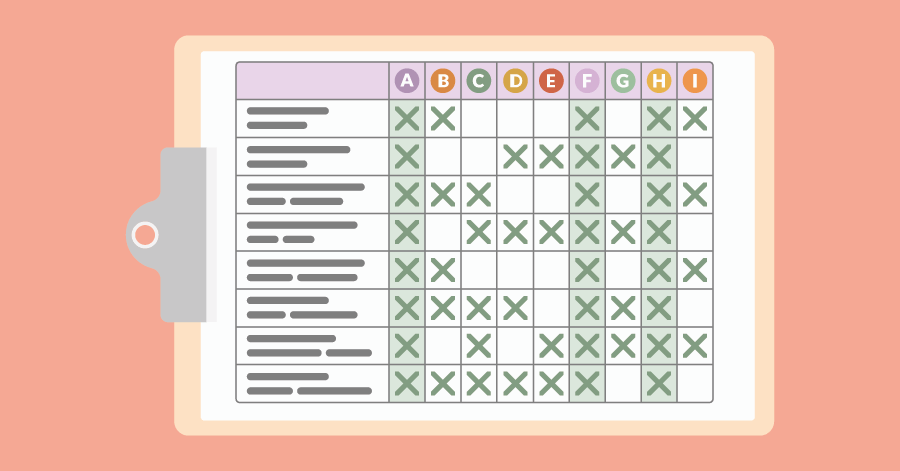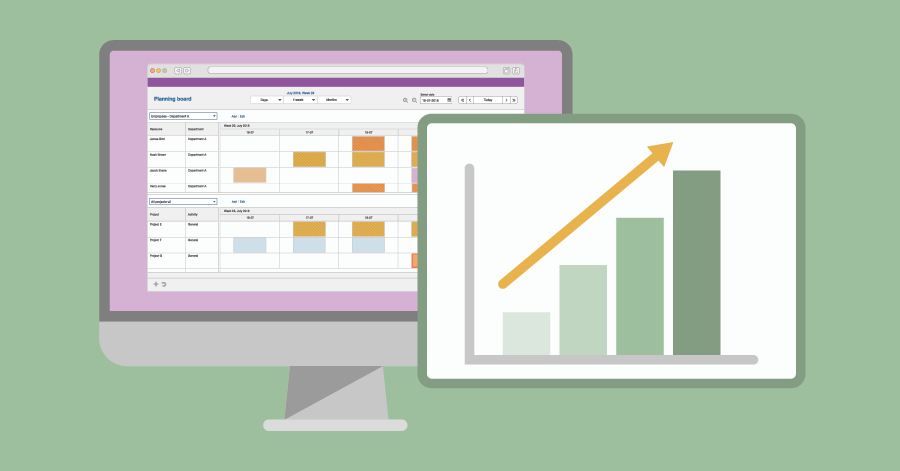
Central or decentralized setup of planning software?
You have opted for new project & resource planning software. Now is the time for implementation. Just a matter of doing, right? Or maybe you should reconsider the approach?
We blog about project and resource planning to help your company improve. Subscribe to our blog and we will send fresh inspiration to your inbox.

You have opted for new project & resource planning software. Now is the time for implementation. Just a matter of doing, right? Or maybe you should reconsider the approach?

You are looking for planning software to better schedule the time in the business, so to save time. But you do want to find the correct planning software. And that takes time.

Your gut feeling probably says yes, but how do you back that up? In this article, you can read how to measure the planning performance of your organization.

There are plenty of ways to analyze your projects. They are all useful but often focused on the past. So how can you look ahead to make timely adjustments to your project?

If the demand and/or turnover drops, structurally, we speak of shrinkage. In a shrinking organization you need to get a grip on the biggest expenditure, namely the employment of employees.

The start of many projects receives much attention. It is celebrated, installed, kicked-off, etc. In this article, I want to write a few tips about a stepchild in project management.

You can reduce 50% of the safety margin in the planning. So that’s wasted time. If you cut this margin away, you can complete projects in three-quarters of the time.

There are several time wasters in project planning, resulting from which most projects are not delivered within the scheduled time.

Despite the available progress information, almost half of the projects exceed the deadline and budget. So, unfortunately, the progress information is often inaccurate.

Many project-based companies must be available to their clients 24 hours a day. For this, they have to set up a breakdown service and plan employees accordingly.
SOLUTIONS
ABOUT US
CONTACT
Asterweg 19 D12
1031 HL Amsterdam
The Netherlands
CoC: 34241521
VAT: NL8157.72.609.B01